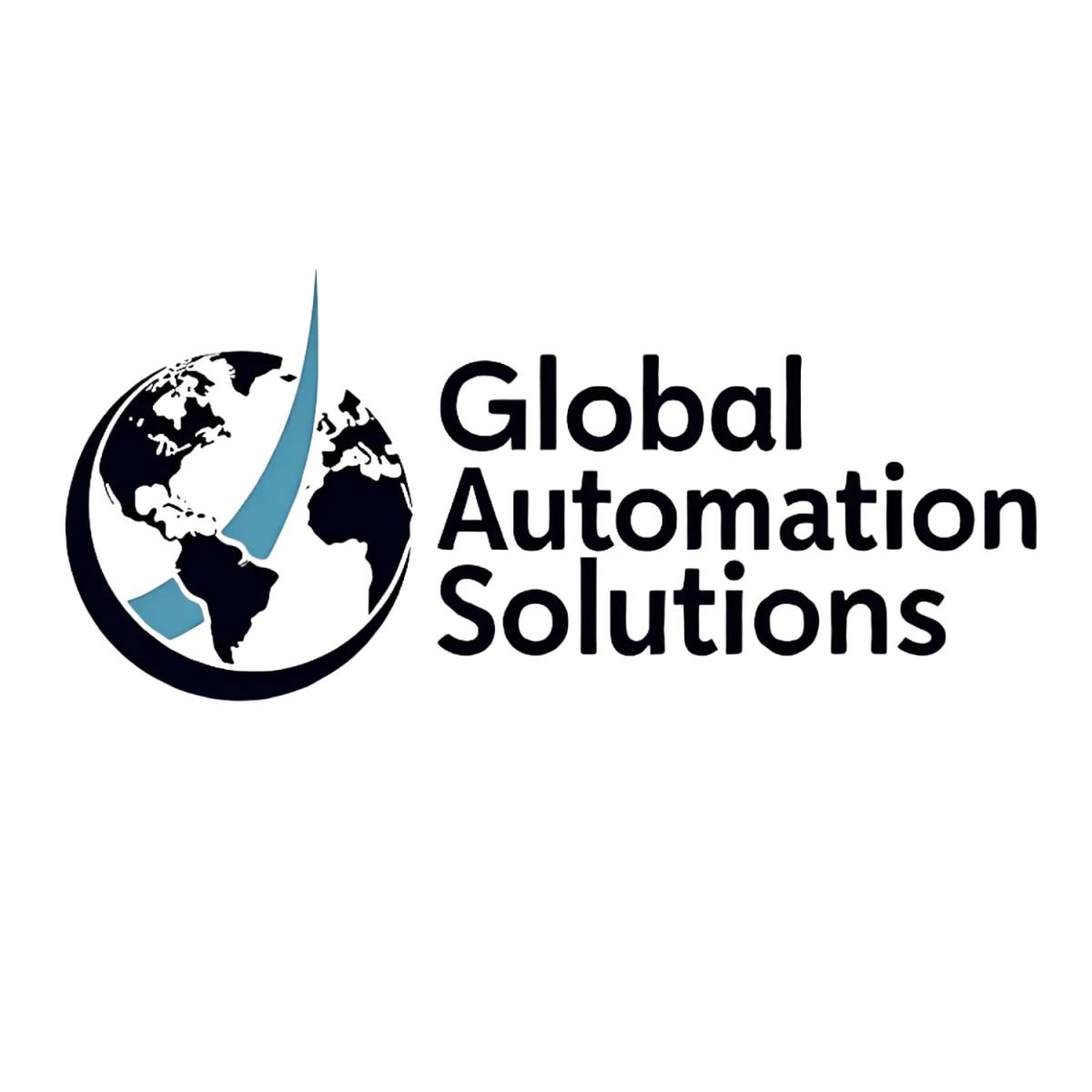Business Administration
A business administration pipeline is a customizable visual tool used to track the flow of tasks, projects, or client interactions through various stages of completion. From initial intake to final resolution, each stage—such as New Task, In Progress, Awaiting Approval, Completed, and Archived—represents a critical step in the operational workflow. Items or opportunities are displayed as movable cards that can be easily dragged and dropped between stages, offering a clear, real-time overview of progress, accountability, and next actions within administrative processes.
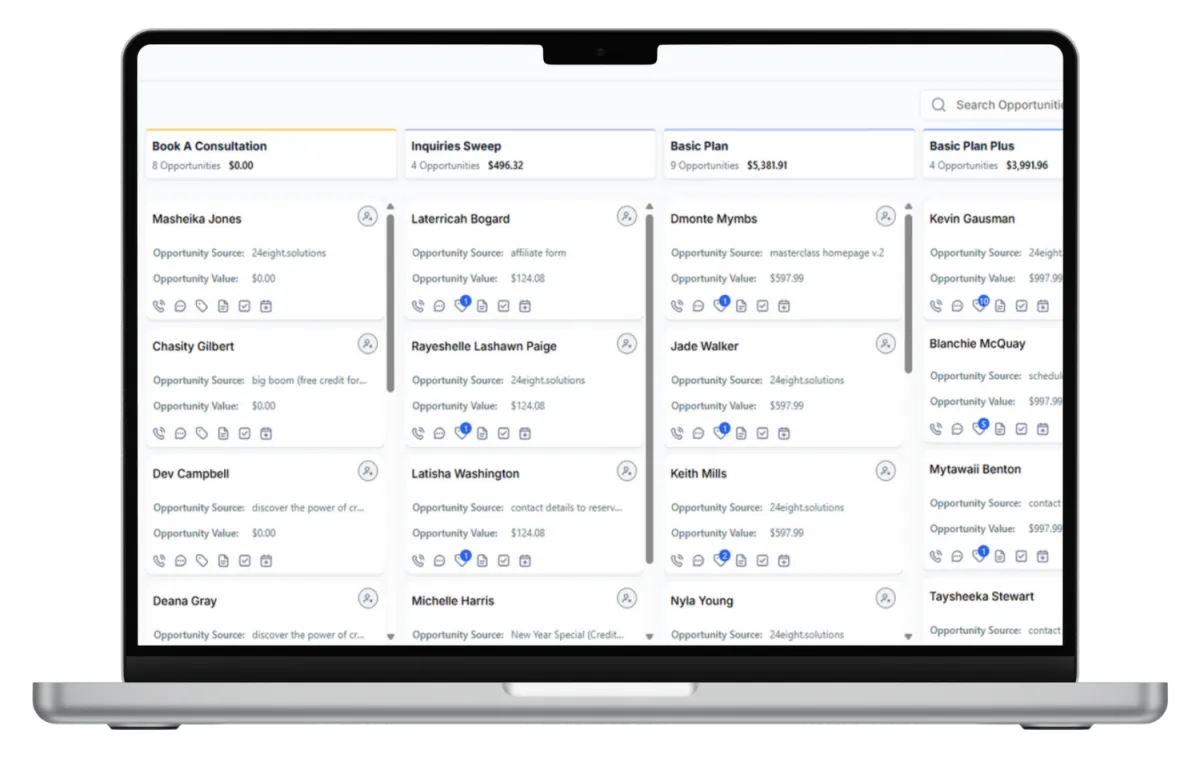
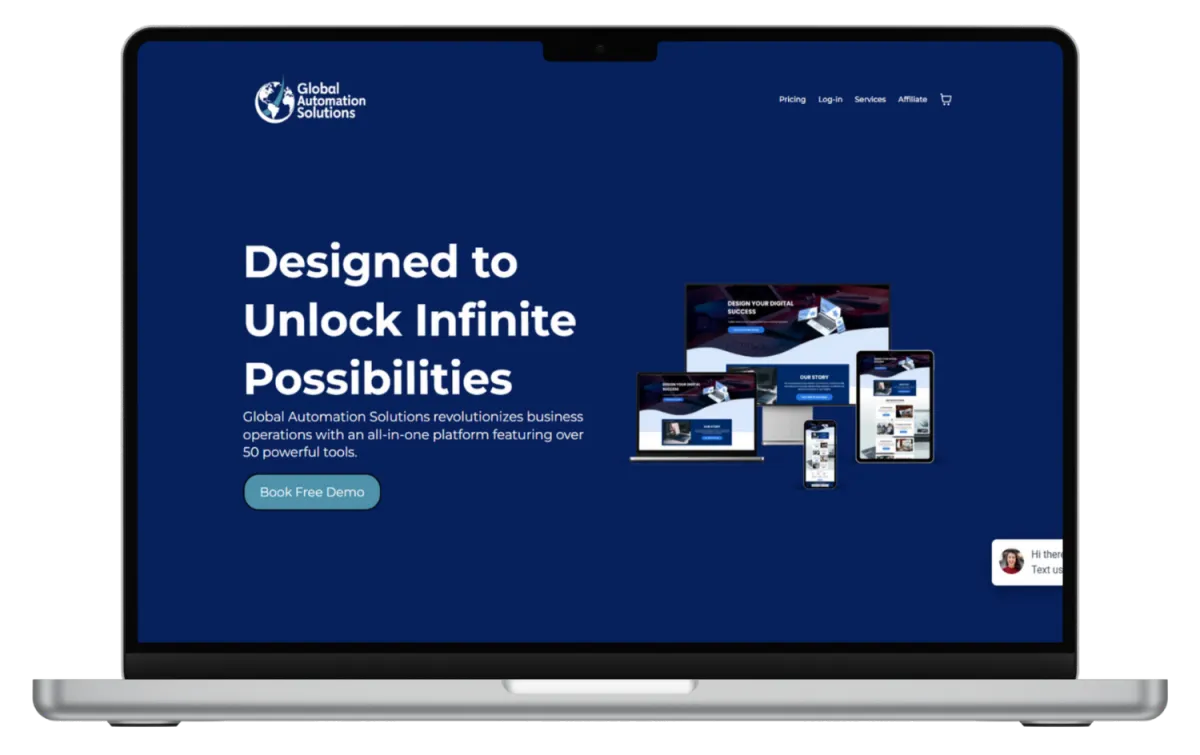
Website Development
Refers to the use of automated tools, scripts, and platforms to streamline or entirely handle the process of building and maintaining websites. Instead of manually coding each component, automation allows developers (or even non-developers) to quickly create, update, and manage websites with greater efficiency and consistency.
Funnel Design
Funnel design refers to the process of creating a step-by-step customer journey that leads a potential client toward a specific goal—such as booking an appointment, making a purchase, or signing up for a service. Funnels are typically built using drag-and-drop tools and don’t require any coding knowledge.
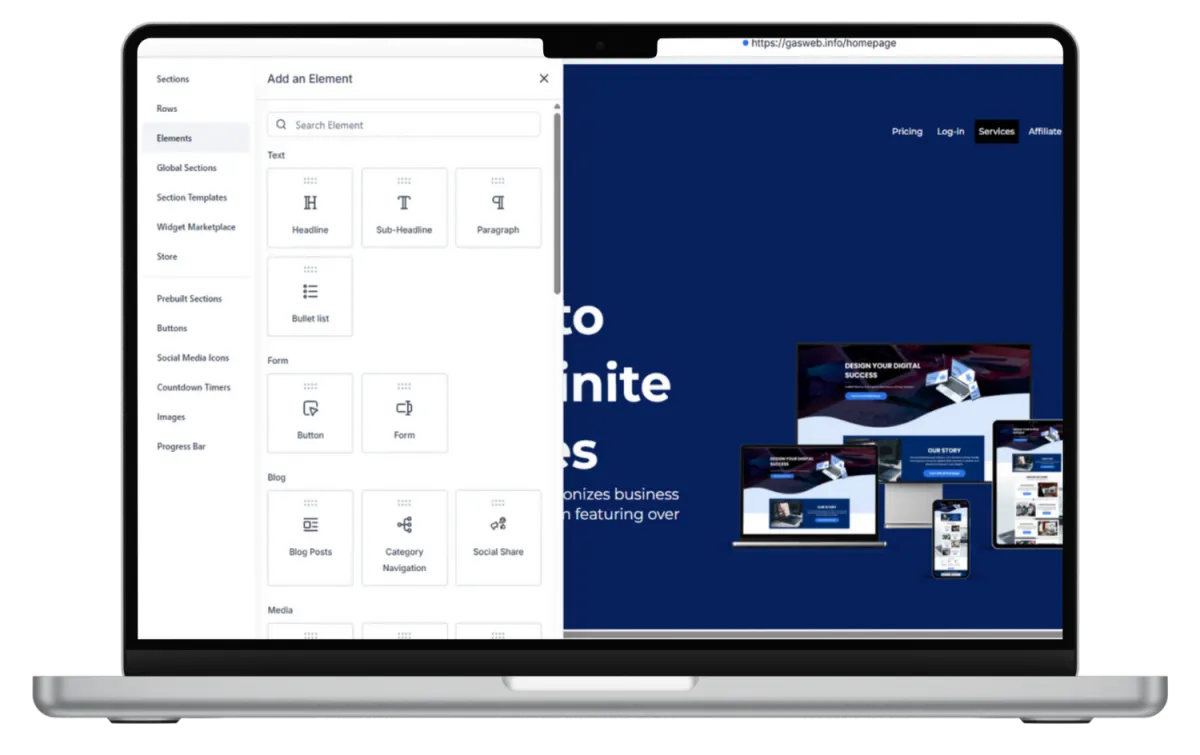
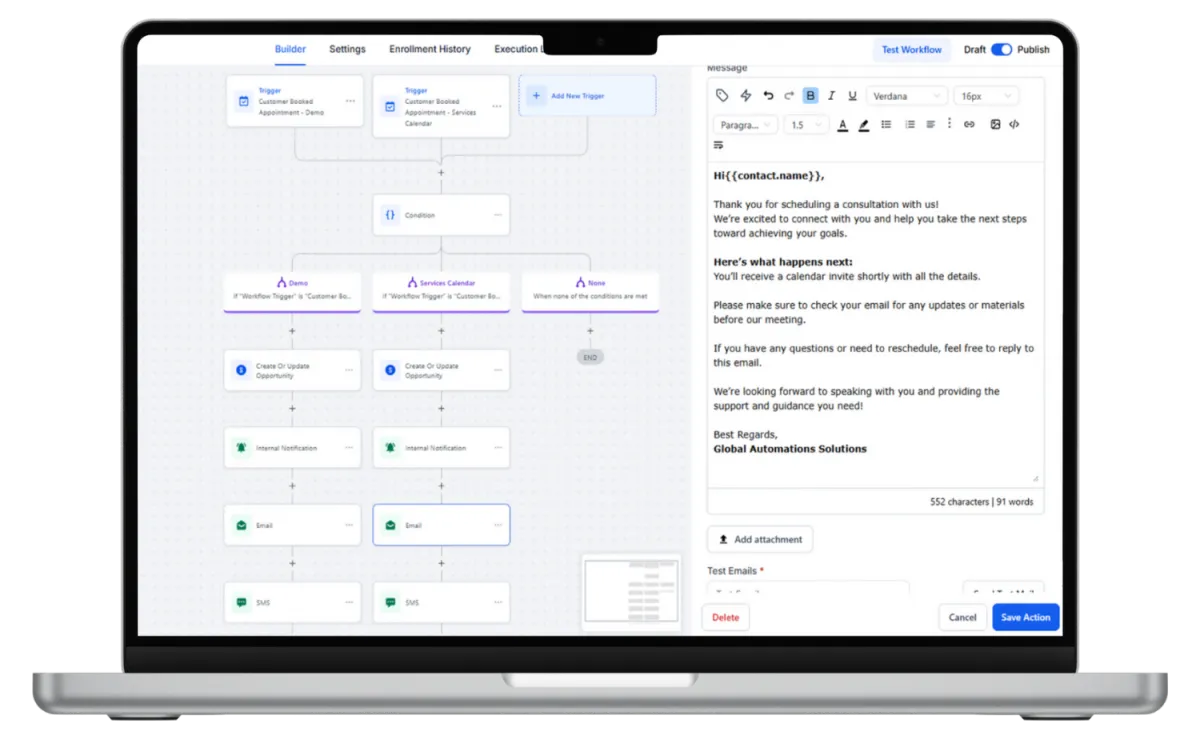
Email Automation Software
Email automation software refers to the process of setting up a step-by-step system that automatically sends targeted emails to your audience based on specific actions or timelines—such as welcoming new subscribers, following up on purchases, or nurturing leads. These tools are typically designed with user-friendly, drag-and-drop interfaces and don’t require advanced technical skills to create powerful, personalized email campaigns.
SMS Campaign Integration
SMS campaign integration refers to the process of creating a step-by-step messaging system that automatically delivers personalized text messages to your audience based on specific triggers—such as appointment reminders, special promotions, or follow-up alerts. These systems are typically integrated with your CRM or marketing platform and don’t require complex tech skills to set up, making it easy to engage your audience instantly and effectively.
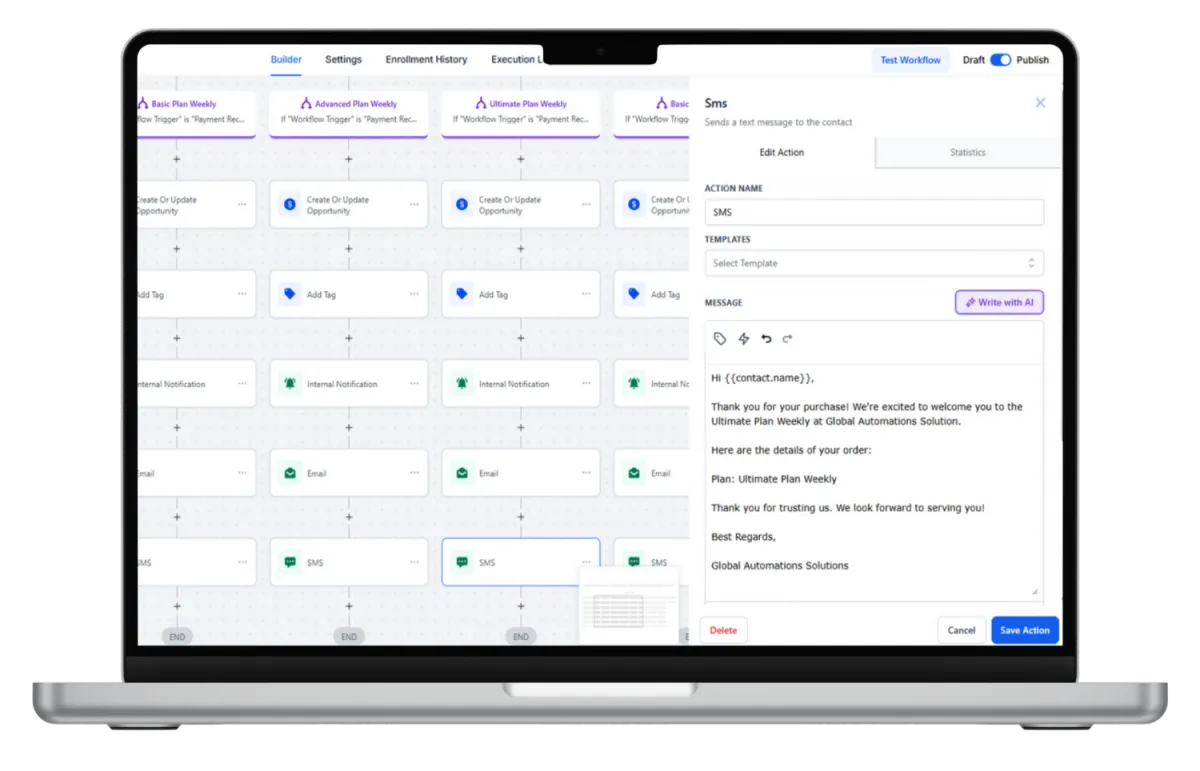
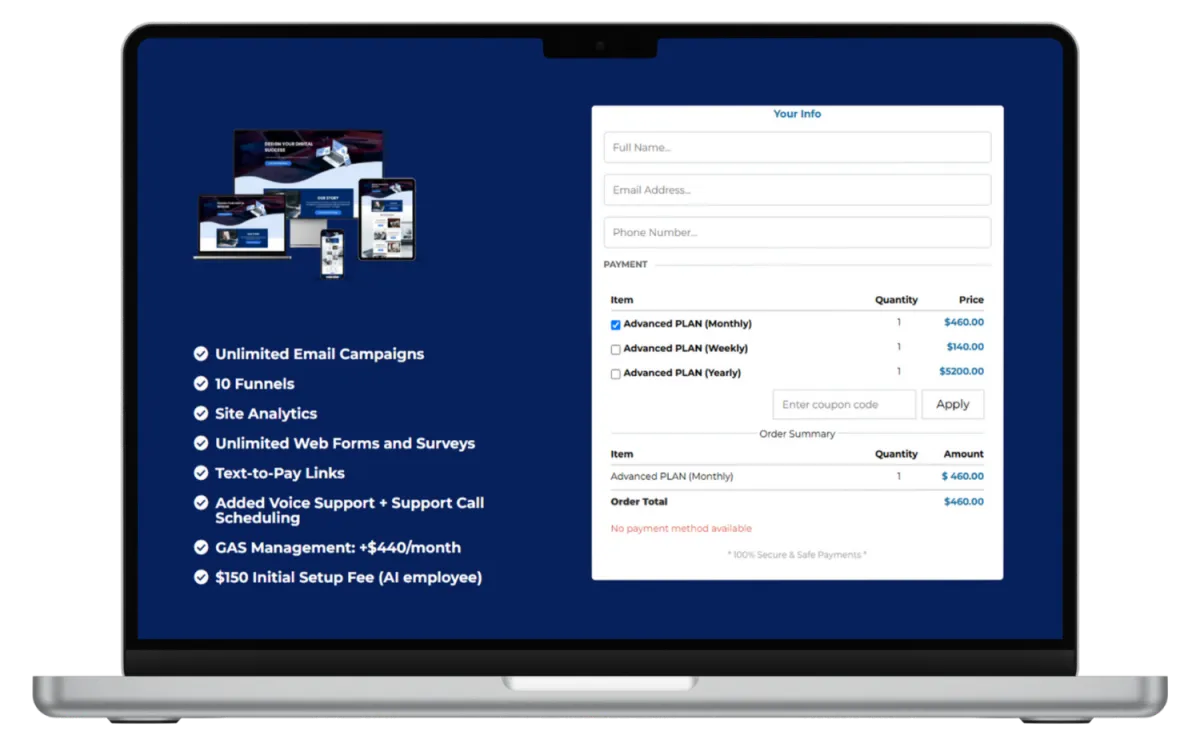
Digital Cart Solutions
Digital cart solutions refer to the process of setting up a step-by-step system that allows customers to seamlessly select, review, and purchase products or services online—such as through a storefront, sales page, or subscription model. These tools are typically designed to integrate with your website or marketing platform and don’t require advanced tech skills to manage, making it easy to track orders, accept payments, and boost conversions with a smooth checkout experience.
Lead Funnel Management
Lead funnel management refers to the process of creating and organizing a step-by-step system that captures, qualifies, and nurtures potential clients from initial interest to final conversion—such as scheduling a call, signing a contract, or making a purchase. These systems are typically built using CRM tools and automation platforms, and don’t require advanced technical skills to manage, making it easy to monitor lead activity, follow up efficiently, and move prospects through each stage of the sales journey.

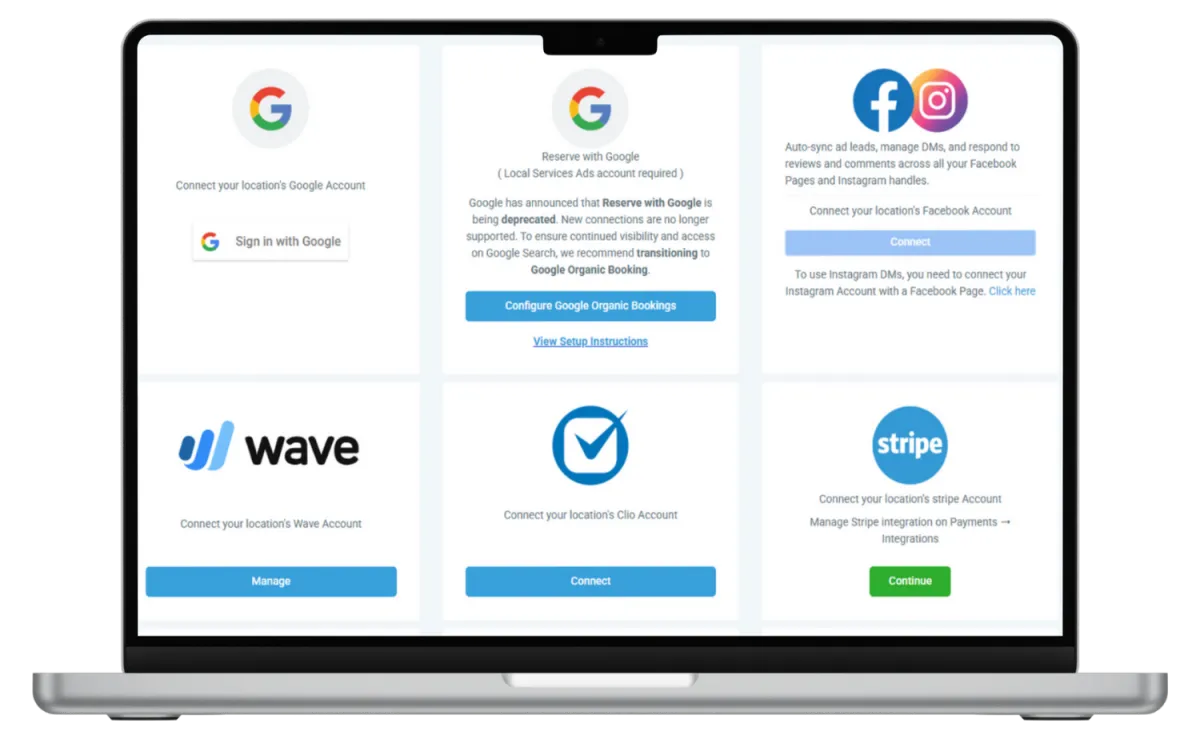
Social Media Handling
Social media handling refers to the process of setting up and managing a step-by-step system to create, schedule, and engage with content across social platforms—such as posting updates, responding to messages, or promoting offers. These tasks are typically managed using social media tools and schedulers, and don’t require expert-level marketing skills, making it easy to maintain an active online presence, build brand awareness, and connect with your audience consistently and strategically.
Advanced Form Builder
Advanced form builder refers to the process of designing a step-by-step data collection system that captures specific information from users—such as contact details, service requests, feedback, or registrations. These tools are typically drag-and-drop and integrate easily with websites, CRMs, or email platforms, and don’t require any coding experience, making it simple to create custom forms that streamline workflows, qualify leads, and enhance user interaction.
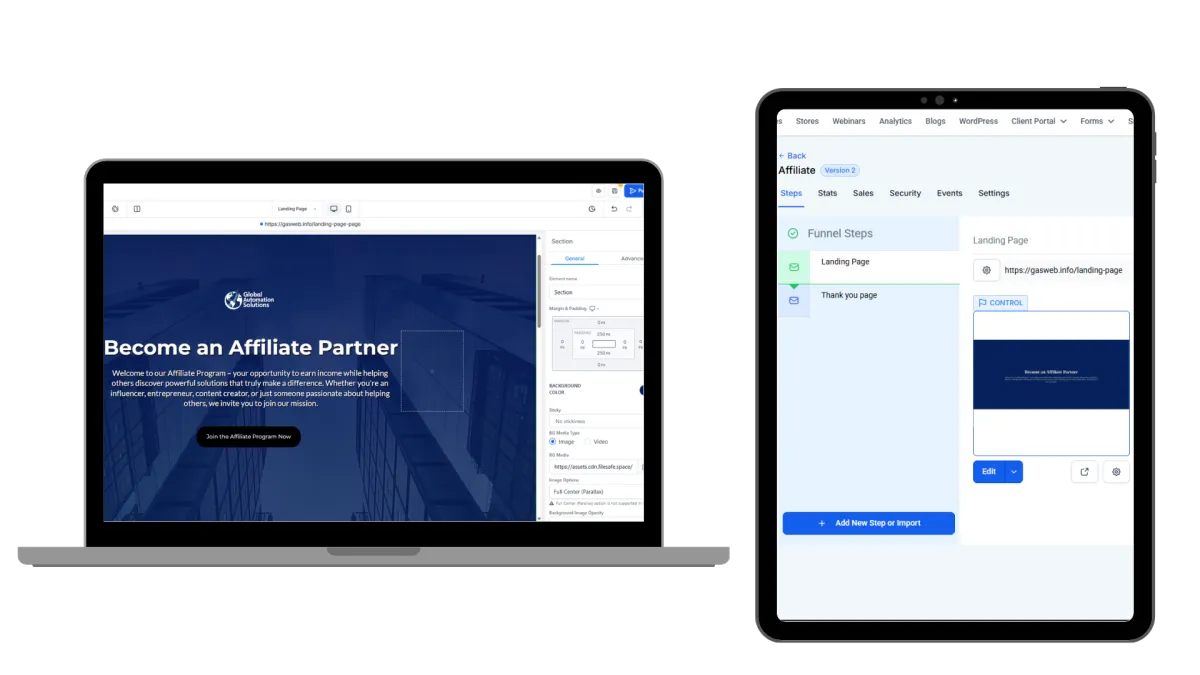
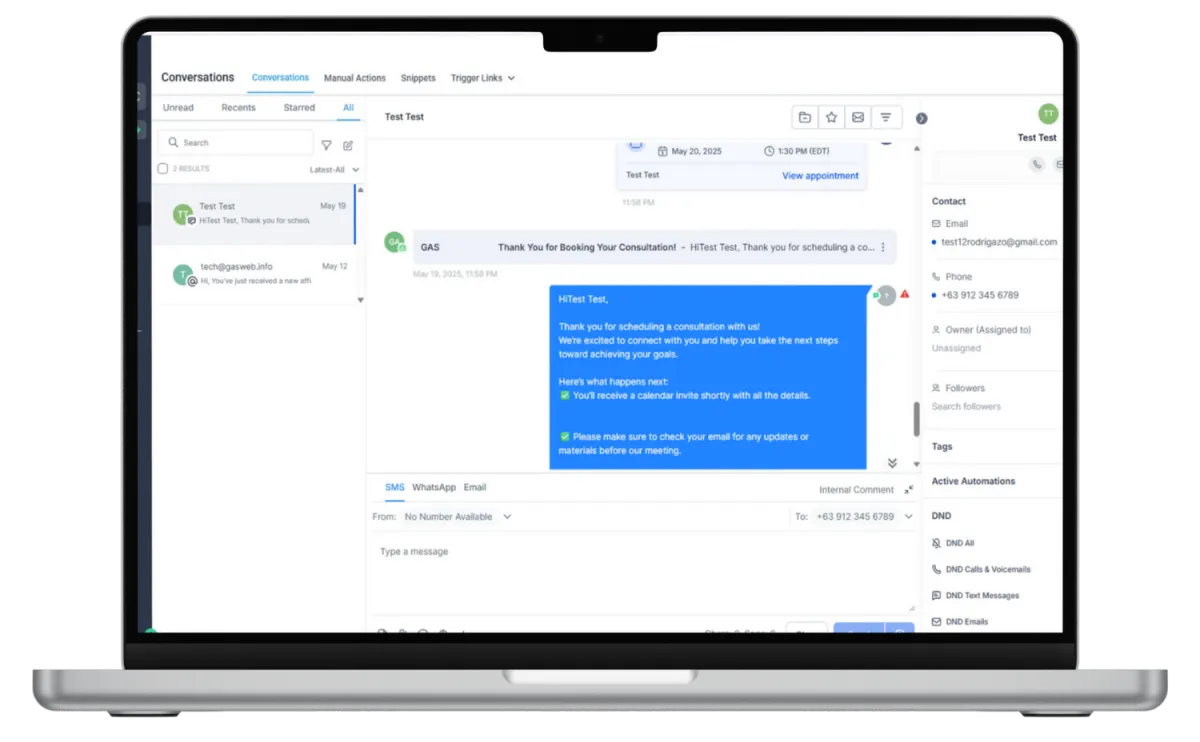
Integrated Message Center
Integrated message center refers to the process of centralizing all your communication channels into one streamlined system—such as email, SMS, social media messages, and website chats. These tools are typically built to sync with your CRM or customer service platform and don’t require complex setup, making it easy to manage conversations, respond promptly, and maintain consistent communication with your audience from a single dashboard.
Payment and Billing System
Payment and billing system is a platform that allows you to send invoices, collect payments, and manage financial transactions—such as one-time purchases, subscriptions, or service fees. These tools are typically integrated with your website, CRM, or accounting software and don’t require advanced financial knowledge, making it easy to track income, automate billing, and ensure secure, timely payments from clients or customers.
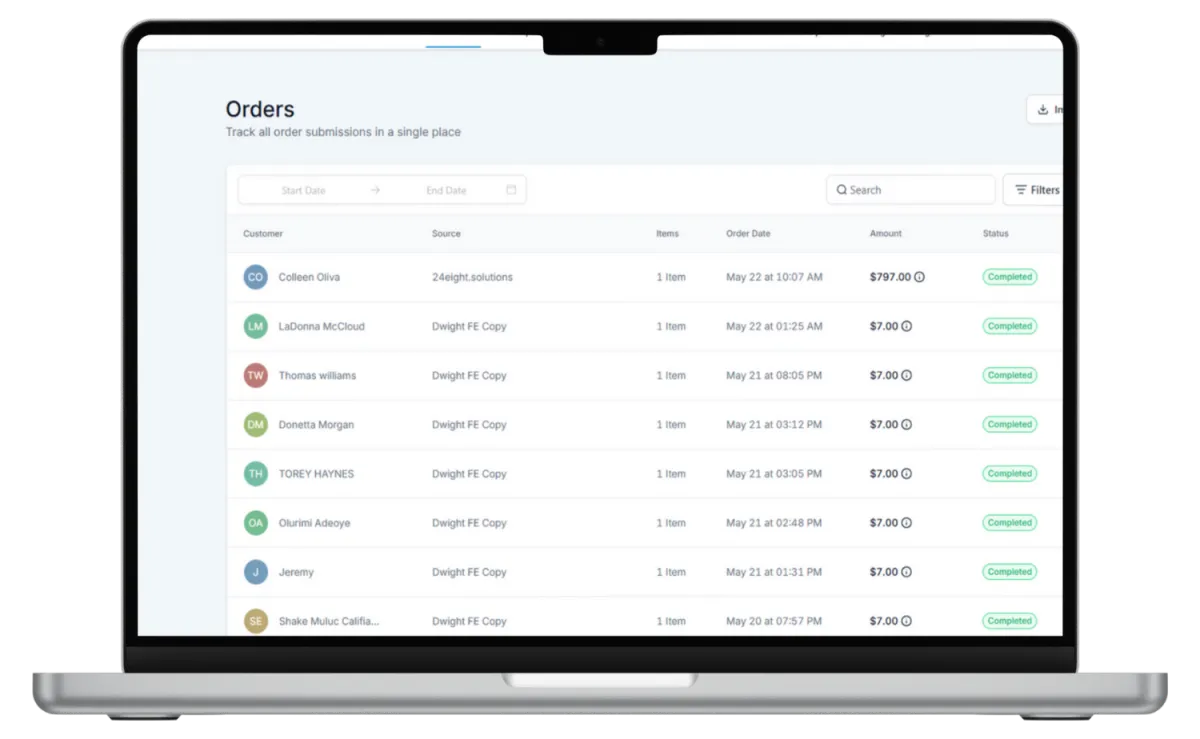
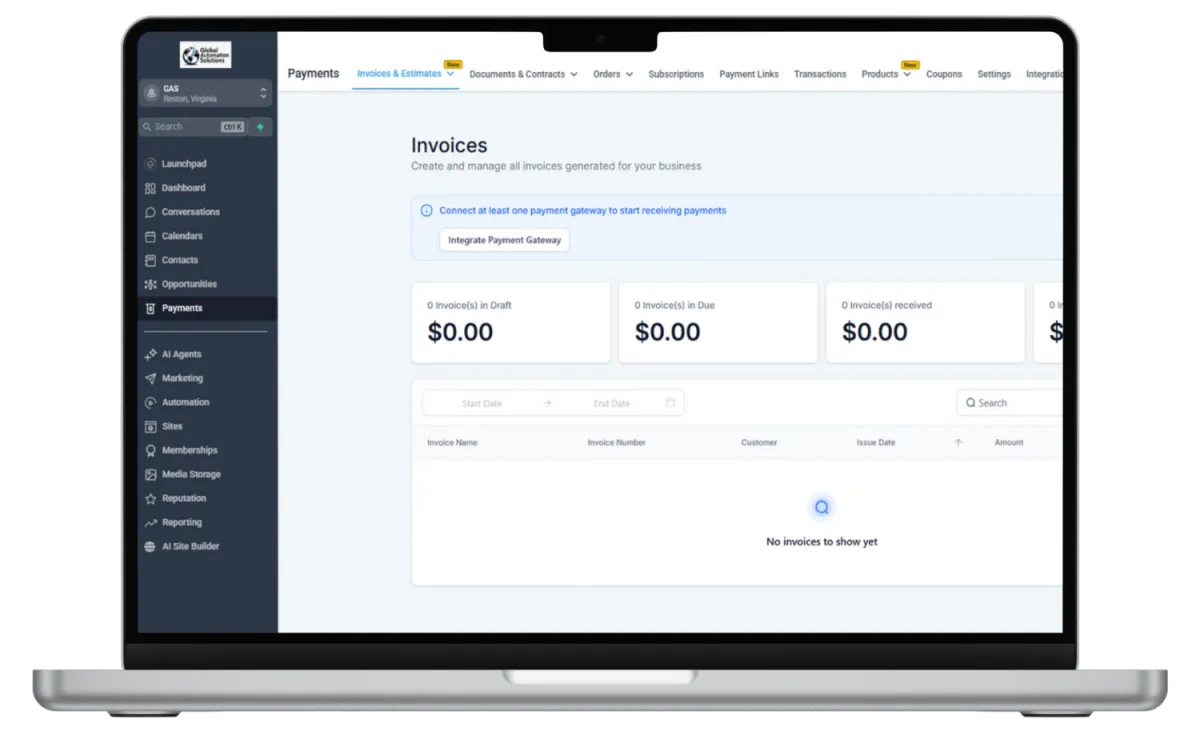
Instant Messaging Support
Payment and billing system is a platform that allows you to send invoices, collect payments, and manage financial transactions—such as one-time purchases, subscriptions, or service fees. These tools are typically integrated with your website, CRM, or accounting software and don’t require advanced financial knowledge, making it easy to track income, automate billing, and ensure secure, timely payments from clients or customers.
